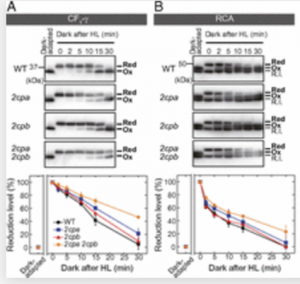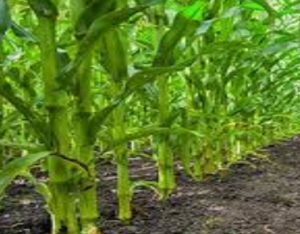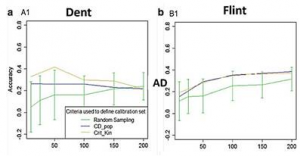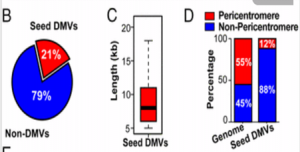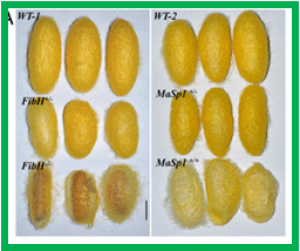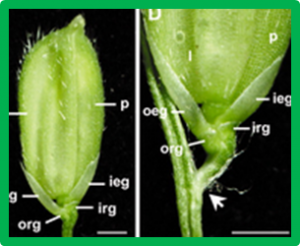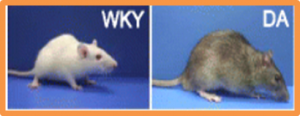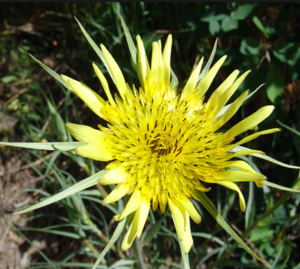To ensure efficient photosynthetic carbon gain, plant chloroplasts have to adjust their own physiology toward changes in light environments. Specific chloroplast proteins are reversibly activated–inactivated during light–dark cycles by switching the reduction–oxidation states of their Cys residues, which is termed redox regulation. A long-standing issue in plant biology is the manner in which redox-regulated proteins are reoxidized upon the interruption of light exposure.
Root systems play important roles in crop growth and stress responses. Although genetic mechanism of root traits in maize (Zea mays L.) has been investigated in different mapping populations, root traits have rarely been utilized in breeding programs. Elucidation of the genetic basis of maize root traits and, more importantly, their connection to other agronomic trait(s), such as grain yield, may facilitate root trait manipulation and maize germplasm improvement
Genomic selection refers to the use of genotypic information for predicting the performance of selection candidates. It has been shown that prediction accuracy depends on various parameters including the composition of the calibration set (CS). Assessing the level of accuracy of a given prediction scenario is of highest importance because it can be used to optimize CS sampling before collecting phenotypes, and once the breeding values are predicted it informs the breeders about the reliability of these predictions.
We scanned soybean and Arabidopsis seed genomes for hypomethylated regions, or DNA methylation valleys (DMVs), present in mammalian cells. Seeds contain DMV regions that have <5% bulk DNA methylation or, in many cases, no detectable DNA methylation. Methylation levels of seed DMVs do not vary detectably during seed development and are present prior to fertilization.
Rice blast disease, caused by Magnaporthe oryzae, results in an extensive loss of rice productivity. Previously, we identified a novel M. oryzae secreted protein, termed MSP1 which causes cell death and pathogen-associated molecular pattern (PAMP)-triggered immune (PTI) responses in rice. Here, we report the transcriptome profile of MSP1-induced response in rice, which led to the identification of 21,619 genes, among which 4,386 showed significant changes (P < 0.05 and fold change > 2 or < 1/2) in response to exogenous MSP1 treatment
The use of heterologous systems to express spider silk has become an attractive method. However, achieving cost-effective production and high yields is still challenging. Here, we describe the establishment of a targeted gene replacement system in Bombyx mori to express the major ampullate spidroin-1 gene (MaSp1) from the spider Nephila clavipes. With the aid of transcription activator-like effector nuclease-mediated homology-directed repair
The rice seedling blight fungus Rhizopus microsporus harbors endosymbiotic bacteria (Burkholderia rhizoxinica) that produce the virulence factor rhizoxin and control host development. Genome mining indicated a massive inventory of cryptic non-ribosomal peptide synthetase (NRPS) genes, which have not yet been linked to any natural products. We report the discovery and full characterization of a novel cyclopeptide from endofungal bacteria.
Cold stress is a major factor limiting production and geographic distribution of rice (Oryza sativa). Although the growth range of japonica subspecies has expanded northward compared to modern wild rice (O. rufipogon), the molecular basis of the adaptation remains unclear. Here we report bZIP73, a bZIP transcription factor-coding gene with only one functional polymorphism (+511 G>A) between the two subspecies japonica and indica, may have facilitated japonica adaptation to cold climates.
Recent progress in development of the CRISPR/Cas9 system has been shown to be an efficient gene-editing technology in various organisms. We recently developed a novel method called Genome-editing via Oviductal Nucleic Acids Delivery (GONAD) in mice; a novel in vivo genome editing system that does not require ex vivo handling of embryos, and this technology is newly developed and renamed as “improved GONAD” (i-GONAD).
Tragopogon (Asteraceae) is an excellent natural system for studies of recent polyploidy. Development of an efficient CRISPR/Cas9-based genome editing platform in Tragopogon will facilitate novel studies of the genetic consequences of polyploidy. Here, we report our initial results of developing CRISPR/Cas9 in Tragopogon. We have established a feasible tissue culture and transformation protocol for Tragopogon.


 Curently online :
Curently online :
 Total visitors :
Total visitors :
